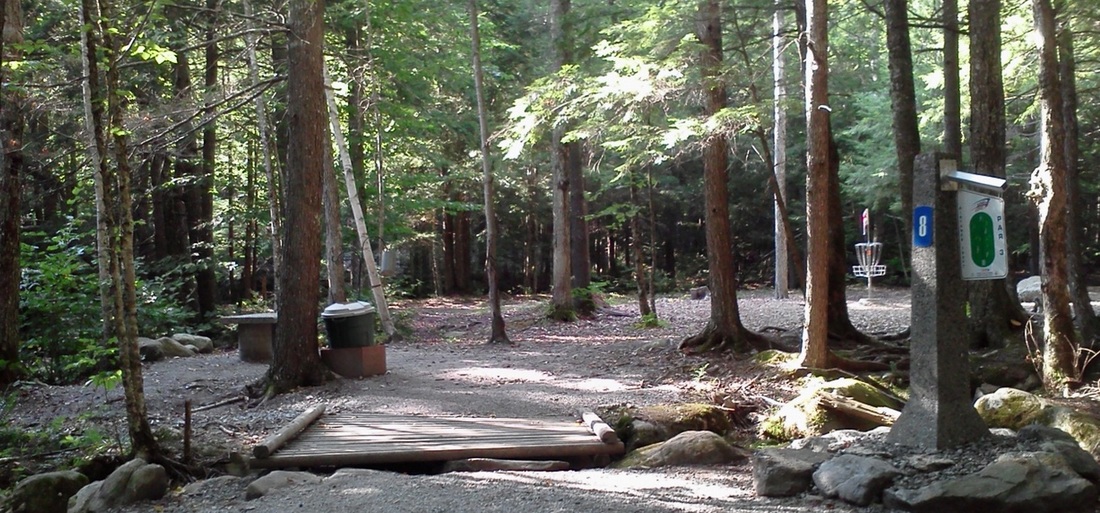Disc golf plinko
 You are playing disc golf, and you throw your frisbee at the basket. It's soaring high through the air, flying beautifully toward the chains, and then it hits the top of a thick pine tree (oh no!). As it falls from the top of the tree, it hits a single branch, and then continues to fall.
You are playing disc golf, and you throw your frisbee at the basket. It's soaring high through the air, flying beautifully toward the chains, and then it hits the top of a thick pine tree (oh no!). As it falls from the top of the tree, it hits a single branch, and then continues to fall.
If the time it takes for the frisbee to fall freely from the top of the tree is , find , where is the greatest amount of time the frisbee can take to fall to the ground.
Assumptions
- The frisbee falls like a point particle.
- The frisbee instantly comes to a stop when it hits the branch, then continues to fall.
- The branch can be located anywhere from the ground to the top of the tree.
The answer is 1.414213562.
This section requires Javascript.
You are seeing this because something didn't load right. We suggest you, (a) try
refreshing the page, (b) enabling javascript if it is disabled on your browser and,
finally, (c)
loading the
non-javascript version of this page
. We're sorry about the hassle.
The time taken for an object to fall, freely, a distance h is t = g 2 h .
Let the tree top be at height D and the branch at height x . Then t t o p = g 2 D .
To find t m a x , we note that the frisbee first falls a distance D − x , hitting the branch and coming to a full stop, and then falls a further distance x to the ground. So in this scenario, where the frisbee hits a single branch, the time T ( x ) taken to reach the ground is
T ( x ) = g 2 ( D − x ) + g 2 x .
We now need to find where d x d T = 0 :
d x d T = ( 2 g 1 ) ( − D − x 1 + x 1 ) = 0 ⟹ D − x = x ⟹ x = 2 D .
Now d x 2 d 2 T < 0 for 0 < x < D , so by the second derivative test we know that the critical point found above will result result in a maximum value for T ( x ) , and thus
t m a x = T ( 2 D ) = 2 ∗ g D .
Therefore, t t o p t m a x = g 2 D 2 ∗ g D = 2 = 1 . 4 1 4
to 3 decimal places.